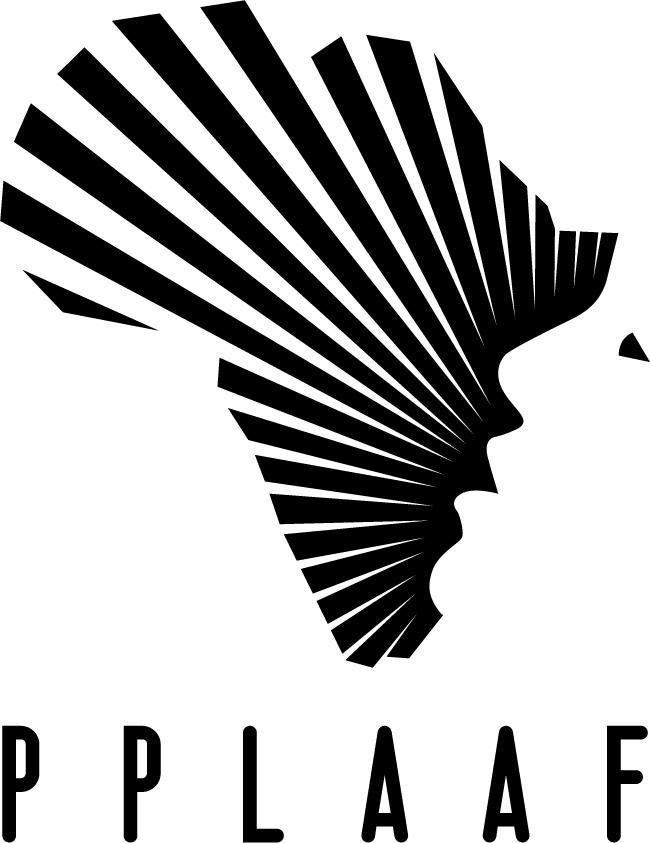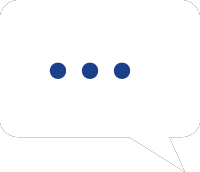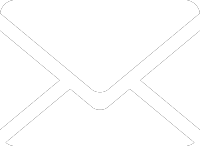The Platform to Protect Whistleblowers in Africa (PPLAAF) promotes the use of whistleblowing as an anti-corruption tool and has found that the facilitators of whistleblowing are journalists, lawyers, and citizens. In collaboration with the South African National Editors’ Forum (SANEF), the GIZ-Transparency, Integrity and Accountability Programme (TIP) and the Friedrich Naumann Foundation (FNF), PPLAAF hosted a training session with South African journalists. The training was part of PPLAAF’s Whistleblower Protection Week, held in collaboration with FNF and the Gordon Institute of Business Science (GIBS) in Johannesburg from 5 to 7 December 2022. It aimed to capacitate journalists on how to safely break whistleblower stories.
Cynthia Stimpel of the NGO Whistleblower House also made a special presentation of an award to all South African Whistleblowers as Risk Takers of the Year for 2022 by the Risk Management Institute.
The Law Protecting Whistleblowers
Avani Singh, an attorney at the law firm Webber Wentzel spoke to the legislation governing whistleblowers. Singh advised journalists on the risks around defamation and her work includes assisting clients with balancing these risks and advising on the consequences of publishing certain stories. These consequences are balanced against the public interest in making the disclosure. There is clear jurisprudence that a journalist cannot be compelled to reveal sources. In a recent case, a journalist was subpoenaed in a defamation case. The subpoena specified that the journalist needed to confirm whether they met a certain person. However, they managed to get the subpoena quashed as confirming such a meeting could lead to assumptions being drawn and exposing the source.
Turning to the Protected Disclosures Act (PDA), South Africa’s whistleblower protection law, Singh noted that it falls largely within the labour space and that journalists may sometimes need to determine whether a person falls under the PDA definition of an ‘employee’ and whether the story they are wanting to tell can be considered a ‘disclosure’. At the crux of the PDA is that the whistleblower is not subjected to occupational detriment including dismissal, demotion, being transferred and harassed among others. With respect to who a protected disclosure can be made to, there is a wide range of institutions including legal advisors, employers, the executive council, and Chapter 9 institutions amongst others. However, it is not for the media to determine whether the person has made a ‘protected disclosure’. What is important to the journalist is whether the story carries journalistic credibility. The requirements listed in the PDA are for the whistleblower to satisfy.
Singh then dealt with Section 9 of the PDA’s requirements, that a disclosure must be made in the public interest. On the face of it, any disclosing of wrongdoing would be in the public interest, however, there are many other layers to consider. What is important is that when journalists are approached with a disclosure, Section 9 is their “go-to”. Further, one cannot rely on the media to legally advise whistleblowers. Generally, journalists do not want to go to lawyers as there is an assumption that lawyers may want to “kill every story”. Journalists, therefore, assess the risk and publishing is ultimately an editorial decision.
Singh closed off with a few practical tips:
- When sharing documents and information, scrub for metadata so that the original source is not disclosed.
- Get documentary evidence as to when the journalist received the disclosure if the journalist is conducting an independent investigation into the story.
- Give the right of reply and get both sides of the story. However, heed caution as you may end up disclosing the identity of the source.
- Discussion is critical and ultimately it is an editorial decision and matters should be judged on a case-by-case basis.
- There are various pieces of legislation that have criminal consequences such as the National Prosecuting Authority Act which deals with possession versus the disclosure of information. Under this Act, both the whistleblower and the journalist can be put at risk. The classification status of documentation is an additional layer to consider.
Tips and Guidelines for Safe Communication and Online Safety
The session by Thandi Smith from the research institute Media Monitoring Africa looked at what happens after publishing a whistleblower’s story and how journalists can protect themselves. She looked at tips and tricks that a journalist can use to safeguard themselves and protect whistleblowers.
Smith pointed out that protecting whistleblowers in the digital age is difficult as even encryption can be decrypted. One needs to grapple with the risks whistleblowers face. For journalists, when working with whistleblowers, there should be three goals:
- Minimise the harm;
- Ensure there is informed consent; and
- Identify the areas of ethical greyness.
Smith outlined some guiding principles for working with whistleblowers, which include:
- Journalists must ensure that their sources are protected.
- Journalists must provide safe ways to make “first contact” with whistleblowers.
- Journalists must recognise the costs of whistleblowing for the whistleblower.
- Journalists must verify the material: Focus on the public interest value of the information, not on the whistleblower’s view or the attitudes or opinions of the whistleblower.
- Journalists must take responsibility for their digital defence and use encryption. They must also explain the risks of digital exposure to their source.
- Journalists must determine the biggest threats to them and their sources.
- Where it is safe to do so, media houses must publish original documents and datasets in their entirety.
- Journalists must securely delete data provided by their sources and protect confidential sources.
- Journalists must ensure that any digital data drop boxes for confidential sources and whistleblowers offer a good level of security.
- Journalists must understand the country, regional and international legal and regulatory frameworks for protecting confidential sources and whistleblowers.
- Journalists must encourage news publishers to practice their responsibility to provide proper data security for journalists and sources. This needs to be accompanied by proper training materials.
Source protection:
One of the biggest issues is the self-exposure of a confidential source by lacking the skills to protect the whistleblowers. This risk has been exacerbated in the digital age. Metadata can map connections and map trends which can reveal communication patterns as well as who one is communicating with. Smith then explained how metadata is collected on Whatsapp and how this can expose discussions between a whistleblower and a journalist. However, research is being done on how this can be changed so that a message “piggybacks” onto another message thus avoiding the exposure of a source.
Smith further highlighted that digital threats are serious and ultimately it comes down to human behaviour. One must be aware of the patterns they are creating and must use different phone numbers or use burner phones; meet at different times and different places; avoid places with video surveillance and meet in public places like parks; do not use public wifi. When dealing with high-risk issues, leave all devices behind. One should also avoid all communication over smartphones as data is easily accessible.
Smith then presented tips and tools for safe communication. She explained that both the journalist and the source should already have a “denial backstory” to explain their contact or meeting. For security, one should use two-step authentication and make sure that their software is updated.
Looking at what happens after a story is published, it was noted that there are many examples of backlash such as disinformation campaigns and shifting the narrative. As soon as people start doubting a story or a whistleblower, public trust has been lost.
Ethical Considerations of working with Whistleblowers
Dewald van Rensburg from the investigative journalism organisation amaBhungane discussed the ethical considerations when dealing with whistleblowers. The key consideration: How does one keep a whistleblower safe and maintain one’s integrity?
He started off with the topic of informed consent: At a baseline, a journalist needs to bear in mind that some whistleblowers have never blown the whistle before, whereas a journalist may have been involved in work like this many times before. The journalist should thus volunteer some guidance, even if it hurts the story. For example, explain to the whistleblower how the “process of elimination” works. Sometimes, the information disclosed may signal who the whistleblower is because of who had access to said information.
Another way for journalists to protect whistleblowers is through misdirection. For example, journalists must always question who else has had access to the report they received. The journalist can then create a false clone and try to engage the other people who had the report to misdirect attention from the whistleblower. A journalist may also consider omitting the names of persons interviewed to protect them. He highlighted that it is important to negotiate the terms of publication, including anonymity. van Rensburg also highlighted that it is important to safeguard a story even in the newsroom, explaining that he once worked on a story that got leaked, and it had come out that someone in the newsroom told people outside the publication that he was working on the story. It is therefore advisable to communicate with code names and pseudonyms.
There is also a problem with “horse-trading”. A person may do this to avoid a story being published about them by giving the journalist a bigger scoop. Journalists should avoid this and remain mature: Inform them that they first need to deal with the current story and then afterwards they can give them the information for the next story.
van Rensburg then dealt with unintended consequences. For example,
- A source discloses something unrelated to the story such as that he is a murderer. Journalists need to remember that they are not the police, and they only need to report things if they can stop a crime.
- Another dilemma is that whistleblowers are not superhuman and are seldom saints. Whistleblowers might have some “skin in the game” such as being a competitor.
- At times, a journalist’s best sources are criminals.
The relationship between the journalist and the whistleblower is one of trust and scepticism. Journalists must always assume that they are being lied to and they must try and disprove everything that has been given to them. Therefore, one of the most important things that a journalist must do is to build a relationship with the person and there must be an understanding of the parameters of the relationship. One must not be afraid of specific commitments and put them in writing when the circumstances warrant it.
Finally, van Rensburg highlighted how discerning a journalist must be. Sometimes, journalists may want to delay publishing, however, in some instances, publishing the story could save the whistleblower’s life.
PPLAAF is a non-governmental organisation established in 2017 to protect whistleblowers, as well as to advocate and engage in strategic litigation on their behalf when their revelations deal with the general interests of African citizens.
For more information on PPLAAF, please visit:
PPLAAF’s website: https://pplaaf.org
Facebook: https://www.facebook.com/PPLAAF/
Twitter: @pplaaf
Email: Info@pplaaf.org




